LED vs incandescent stage lights: which is better?
- 1. What Are the Key Differences Between LED and Incandescent Stage Lights?
- 2. How Do LED and Incandescent Stage Lights Compare in Terms of Energy Efficiency?
- 3. What Are the Lifespan and Maintenance Considerations for LED vs Incandescent Stage Lights?
- 4. How Do LED and Incandescent Stage Lights Differ in Light Quality and Color Control?
- 5. What Are the Heat Output and Safety Implications of LED vs Incandescent Stage Lights?
- 6. What Are the Cost Implications of Switching from Incandescent to LED Stage Lights?
- Conclusion: The Advantages of LED Stage Lighting
1. What Are the Key Differences Between LED and Incandescent Stage Lights?
LED and incandescent stage lights differ significantly in several aspects:
Energy Efficiency: LED lights consume up to 80% less power than incandescent bulbs for the same brightness, leading to substantial energy savings.
Lifespan: LED fixtures can last between 25,000 to 50,000 hours, whereas incandescent bulbs typically last only 1,000 hours, resulting in more frequent replacements.
Light Quality: LEDs offer a full spectrum of colors without the need for external gels or filters, providing greater flexibility in lighting design.
Heat Output: LEDs produce significantly less heat compared to incandescent bulbs, enhancing safety and reducing cooling requirements.
Cost: While LED fixtures have a higher initial cost, the long-term savings in energy and maintenance often justify the investment.
2. How Do LED and Incandescent Stage Lights Compare in Terms of Energy Efficiency?
LED stage lights are up to 80% more energy-efficient than traditional incandescent and halogen lamps, consuming significantly less power for the same light output. This efficiency translates to lower electricity bills, especially in large venues or productions with extended run times. Additionally, the reduced energy consumption contributes to a smaller carbon footprint, aligning with sustainability goals.
3. What Are the Lifespan and Maintenance Considerations for LED vs Incandescent Stage Lights?
LED fixtures boast a lifespan of 25,000 to 50,000 hours, significantly reducing the frequency of bulb replacements compared to incandescent bulbs, which last only about 1,000 hours. This extended lifespan leads to lower maintenance costs and less downtime during performances. Moreover, LEDs are more durable and shock-resistant, making them suitable for touring productions and outdoor events.
4. How Do LED and Incandescent Stage Lights Differ in Light Quality and Color Control?
LED stage lights offer superior color versatility, capable of producing a wide range of colors without the need for external gels or filters. This flexibility allows lighting designers to achieve dynamic and precise lighting effects. In contrast, incandescent lights provide a warm, flattering color but lack the color mixing capabilities of LEDs. Additionally, LEDs offer smooth dimming capabilities, enhancing the overall lighting experience.
5. What Are the Heat Output and Safety Implications of LED vs Incandescent Stage Lights?
LED stage lights produce significantly less heat compared to incandescent bulbs, reducing the risk of burns, overheating, and fire hazards. This cooler operation creates a safer environment for performers and crew, especially in confined spaces. The reduced heat also lessens the burden on venue cooling systems, leading to additional energy savings.
6. What Are the Cost Implications of Switching from Incandescent to LED Stage Lights?
While LED fixtures have a higher upfront cost, the long-term savings in energy consumption and maintenance often justify the investment. For instance, a school upgrading from incandescent to LED stage lights can expect lower energy bills and reduced maintenance costs over time. Additionally, the extended lifespan of LEDs means fewer replacements, further reducing expenses.
Conclusion: The Advantages of LED Stage Lighting
LED stage lighting offers numerous advantages over traditional incandescent lights, including superior energy efficiency, longer lifespan, enhanced color versatility, reduced heat output, and overall cost savings. These benefits make LEDs the preferred choice for modern stage productions, providing both practical and creative advantages.
Data References:
Machine Artist – November 2018
VELLO – November 14, 2025
PAR LED Lighting – March 9, 2025
Vanray Lighting – August 2025
Betopper DJ – November 2025
Reolink – November 2025
One Way Event Productions – October 2019
Inlux Solar – May 2025
1000w
Can I Have a Sample Order for an LED DJ Light?
Sure, sample order are welcome to test and check LQE quality. Mixed samples are acceptable.
Does LQE Offer Customized Stage Moving Light Solution?
An experienced R&D team can provide customized digital stage lighting OEM/ODM solution service to meet clients’ unique demands from global markets, such as customized CRI parameter, Ingress protection rating, effect, etc.
Do You Supply After-Sale Service?
LQE lighting offers 7x24 hrs systematic SOP customer support with dedicated personnel, ensuring quick and comprehensive assistance for stage lighting needs.
Distributor
Is there a minimum order quantity (MOQ) to become a distributor?
MOQ requirements vary based on the product line and market region. However, for long-term distribution partnerships, we are flexible and can start with a trial order to build trust.
What is your typical lead time for distributor orders?
Our standard production lead time is 15–30 working days depending on order volume and customization requirements. For stocked models or repeat orders, we can offer shorter delivery times.
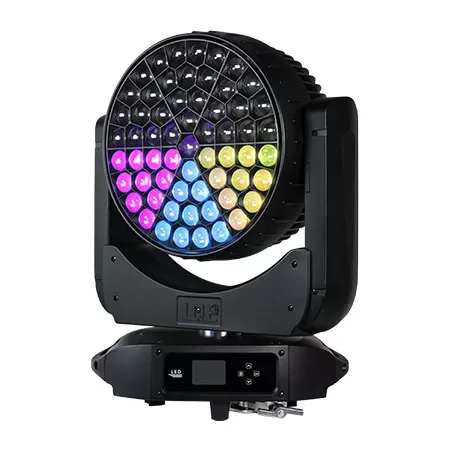
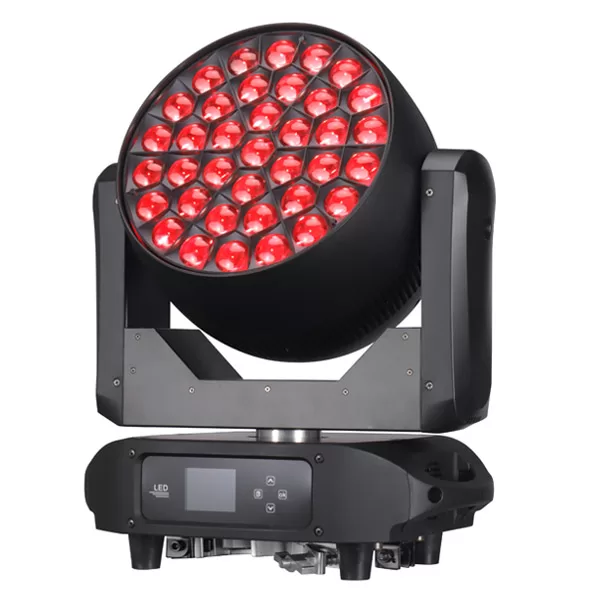

Want to learn more information?
[Reach out to us and receive professional guidance, a personalized quote, and the best solution for your needs.]

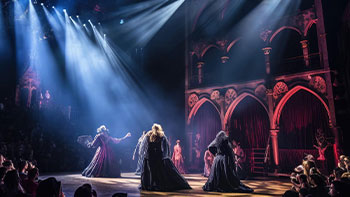
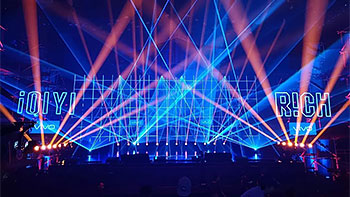

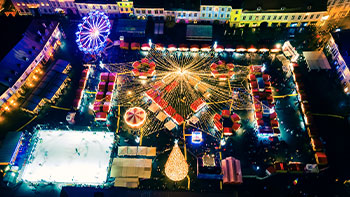









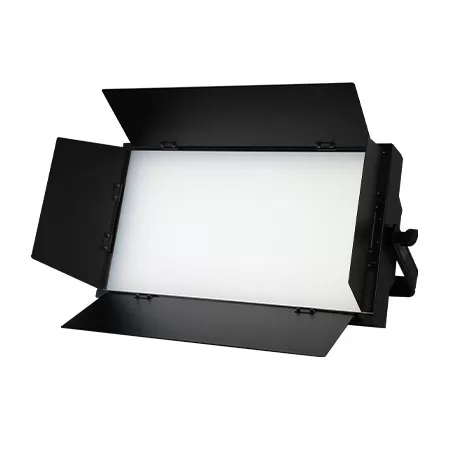
Linkedin
YouTube
Whatsapp: +8618924548390
TikTok